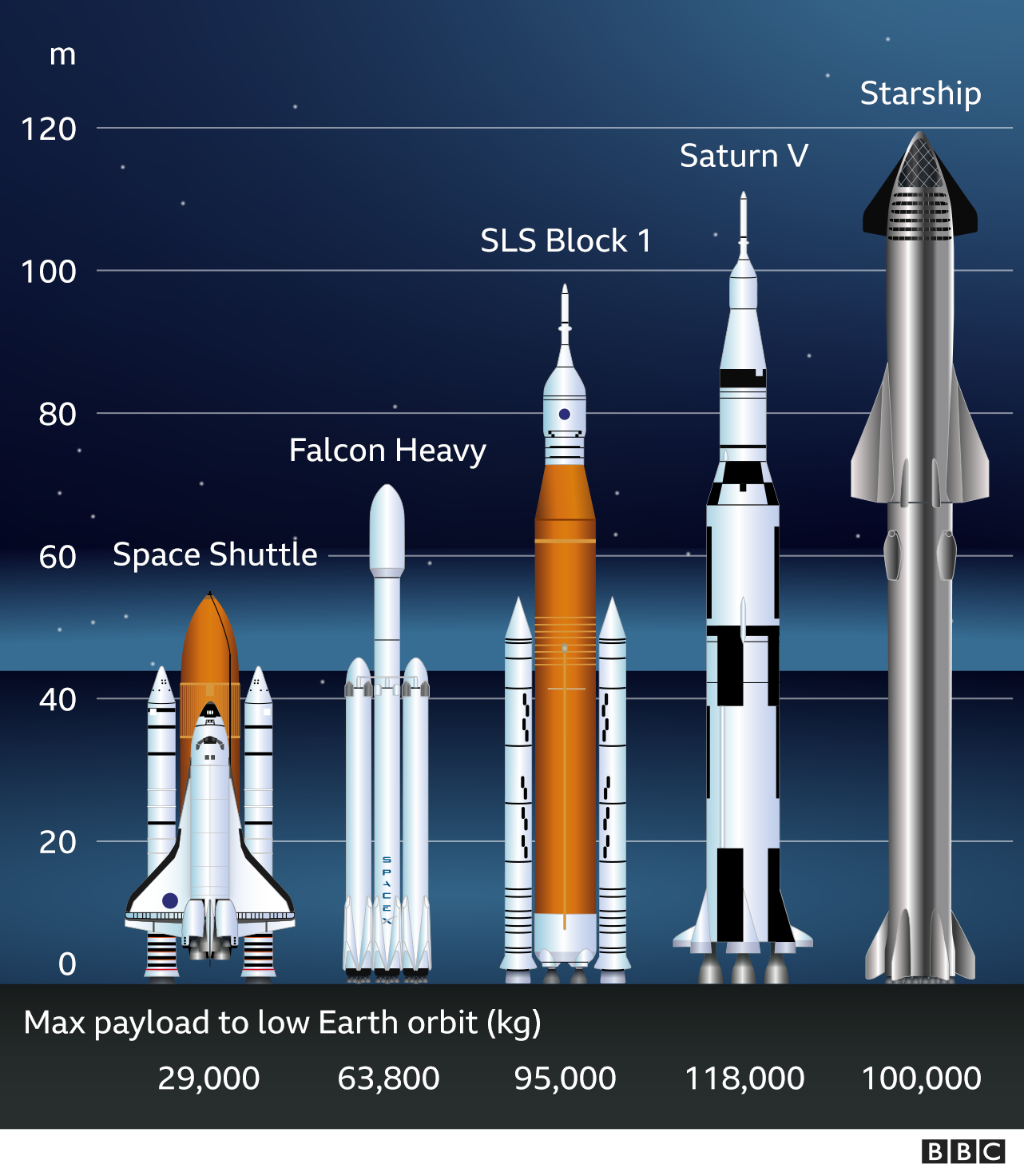Unpacking The Houston Rockets Depth Chart: Who's Ready To Shine?
When you think about a basketball team, it's pretty easy to focus on the big names, the flashy dunks, or maybe even a cool jersey, like that Men's Houston Rockets Nike Kevin Durant Icon Edition Swingman Jersey. But, you know, there's so much more to a successful team than just the highlights. It's really about how all the pieces fit together, and that's where the idea of a team's depth chart comes into play. This organizational picture, in a way, shows us who's likely to be on the court, who's waiting in the wings, and how the coaches might use everyone.
A team's depth chart is, actually, a living thing. It shifts and changes with injuries, with players getting better, and sometimes, you know, with those big trades that can really shake things up. For fans of the Houston Rockets, keeping an eye on this is pretty important. It helps you understand the team's strategy, who might get more playing time, and how they plan to compete, especially as they aim to build something special.
So, we're going to take a closer look at the Houston Rockets depth chart. We'll explore the different positions, the players who fill them, and how the team's overall plan comes together. It's a way to see the big picture, and how each player, from the starters to the folks on the bench, contributes to the team's aspirations, so to speak.
- Wolverhampton Wanderers Fc Vs Manchester United Fc Timeline
- Who Is At Ruoff Tonight
- Weather In Port Washington
- Aeroguard Flight Training Center
- Allah Help Dua
Table of Contents
- Understanding the Houston Rockets Depth Chart
- The Backcourt: Guards Who Drive the Play
- The Frontcourt: Forwards and Bigs
- Small Forwards: Versatility on the Wing
- Power Forwards: Rebounding and Defense
- Centers: Anchoring the Middle
- Asset Management: Shaping the Roster's Future
- Draft Picks and Future Talent
- Trade Speculations and Roster Shifts
- Free Agent Signings: Adding Experience
- Coaching Philosophy and Player Development
- Looking Ahead: The Rockets' Trajectory
Understanding the Houston Rockets Depth Chart
What a Depth Chart Really Means
A depth chart in basketball is, in a way, a visual representation of a team's roster, organized by position. It typically shows who the starters are, who the primary backups might be, and then other players who could step in if needed. For the Houston Rockets, this means seeing who's slated to play point guard, shooting guard, small forward, power forward, and center. It's a snapshot, really, of the team's immediate plans for playing time and roles, and it can give you a pretty good idea of their overall strategy.
This chart is, you know, not just about who starts. It also tells a story about the team's overall talent pool. If a team has a lot of good players at one spot, it shows they have, perhaps, a strong bench or maybe even trade assets. Conversely, if a position looks a little thin, that might point to an area the team needs to improve, either through player development or, you know, by looking at trades or free agency.
The Importance for Team Building
For a team like the Houston Rockets, who are, in some respects, still building for the future, the depth chart is incredibly important for their long-term plans. It helps them figure out where their young players fit in, who needs more time to grow, and which spots they might need to target in the draft or in trades. It’s all about creating a balanced team that can compete now and also, you know, grow into something even better later on.
- Bitter Sweet Queen
- Winter Soldier Gloves
- Knicks Vs Mavericks
- Biloxi High Baseball
- Seahawks Forever Podcast
The front office, which is, actually, working the phones to do a little more asset management, uses this kind of information constantly. They look at who they have, what their strengths are, and how they can, perhaps, make the team better through strategic moves. It's a continuous process of evaluation and adjustment, which is pretty fascinating to watch unfold.
The Backcourt: Guards Who Drive the Play
Point Guard Prowess: Who Handles the Ball?
The point guard is, in a way, the team's quarterback on the court. They're responsible for bringing the ball up, setting the offense, and making sure everyone is in the right place. For the Rockets, the point guard spot is, you know, a very important position. It's where the flow of the game often starts, and having someone who can control the tempo and make good decisions is pretty key.
When you think about players, like Amen Thompson, you can see how a coach, like Ime Udoka, gives them messages. For Amen, Udoka reportedly told him, "I just told him to aim lower, aim lower, keep it lower," after an ejection. This sort of direct feedback is, arguably, about helping young players understand their role and how to manage their emotions on the court, which is a big part of growing into a reliable player in the depth chart.
Sometimes, you hear a lot of chatter about who might join a team. You might hear ideas like, you know, "Luka should force a trade to Houston the Mavs obviously cannot surround him with enough talent to succeed." While that's just a hypothetical, it shows how, in some respects, fans and analysts think about how a truly elite player could completely change a team's depth chart and, actually, their entire outlook. It highlights the constant search for talent that could elevate the team.
Shooting Guards: Scoring and Spacing
The shooting guard's role is, typically, all about putting points on the board and creating space for others. They need to be able to shoot from long range, drive to the basket, and sometimes, you know, create their own shots. Having a strong shooting guard helps stretch the defense, which makes it easier for other players to operate inside. It's a position that, arguably, demands a mix of skill and confidence.
The Rockets, like many teams, need players who can consistently knock down shots. This not only adds points but also, you know, opens up driving lanes for the point guard and opportunities for the big players down low. A good shooting guard, therefore, makes the entire offense more dynamic and harder to guard, which is pretty essential in today's NBA.
The Frontcourt: Forwards and Bigs
Small Forwards: Versatility on the Wing
Small forwards are, in a way, the Swiss Army knives of a basketball team. They need to be versatile, able to score, rebound, and play defense against a variety of opponents. Their ability to guard multiple positions and contribute on both ends of the court makes them, actually, very valuable. The Rockets rely on their small forwards to provide energy and, you know, make those hustle plays that don't always show up in the box score.
This position often demands a lot of running and, perhaps, a strong motor. A good small forward can hit a three-pointer one possession and then, you know, sprint back to block a shot on the next. It's a role that really helps tie the team together, bridging the gap between the guards and the bigger players in the middle, and their presence is pretty vital for overall team balance.
Power Forwards: Rebounding and Defense
Power forwards are, typically, known for their strength and their ability to play close to the basket. They're often the team's primary rebounders, fighting for loose balls and second-chance points. On defense, they're responsible for guarding opposing big players and, you know, protecting the paint. The Rockets need power forwards who can bring that physical presence and, actually, contribute to the team's toughness.
Their work on the boards is, arguably, very important for controlling the pace of the game and limiting opponents' extra possessions. A strong power forward can, in a way, dictate the flow of a game by securing rebounds and allowing the team to get out and run. It's a gritty position that, in some respects, often goes unnoticed but is pretty fundamental to a team's success.
Centers: Anchoring the Middle
The center is, you know, the anchor of the defense and often a key part of the offense. They set screens, roll to the basket, and protect the rim. For the Rockets, having a strong center who can rebound, block shots, and score efficiently near the basket is pretty crucial. They are, in a way, the last line of defense and a focal point for many offensive sets.
A good center can, perhaps, change the game simply by being a deterrent in the paint. Opponents might think twice about driving to the basket if they know a strong shot-blocker is waiting. On offense, their ability to finish around the rim and, you know, draw fouls creates opportunities for the entire team, making them a very important piece of the overall depth chart.
Asset Management: Shaping the Roster's Future
Draft Picks and Future Talent
The Houston Rockets are, actually, very active in managing their assets, and draft picks are a big part of that. They've been, you know, working the phones to do a little more asset management, which often involves acquiring or trading away draft capital. This strategy allows them to control their future, giving them opportunities to bring in young talent or, perhaps, use those picks in bigger trades for established players.
You sometimes hear about complex trade scenarios, like the idea of the Nets trading Bridges to the Knicks and then calling the Rockets and asking for their picks back, but really as a 3 team deal of the Nets, Rockets and Knicks in which the picks are part of a larger picture. This shows how, in some respects, draft picks are like currency in the NBA, allowing teams to reshape their depth chart in significant ways, which is pretty fascinating.
Trade Speculations and Roster Shifts
Trade rumors are, you know, a constant part of the NBA landscape, and they can dramatically alter a team's depth chart in an instant. The Rockets are often mentioned in these discussions, whether it's about players they might acquire or, perhaps, players they might ship out, like when the Rockets shipped out former no. These moves are all about trying to improve the team's balance, talent, or future outlook.
Sometimes, a trade proposal comes from an analyst, like when Bill Simmons proposed this trade in his pod. These ideas, whether they happen or not, show how, in a way, the depth chart is always in flux. Teams are always looking for that right piece, that perfect fit, that can, you know, push them closer to their goals, and trades are a primary way to achieve that.
Free Agent Signings: Adding Experience
Free agency is another key way teams manage their depth chart. It's an opportunity to bring in experienced players who can fill immediate needs, provide veteran leadership, or, perhaps, add specific skills that the current roster lacks. The Rockets, like other teams, use free agency to complement their young talent and build a more complete team, which is pretty important.
These signings can, in a way, instantly change the look of a position group. If a team signs a veteran guard, that might mean fewer minutes for a younger player, or it could mean the younger player gets to learn from someone with more experience. It's all part of the continuous effort to refine the Houston Rockets depth chart and make it as strong as possible, so to speak.
Coaching Philosophy and Player Development
Ime Udoka's Impact on the Roster
The coach's philosophy plays a very big role in shaping the depth chart and how players develop. Ime Udoka, for the Houston Rockets, has a clear vision for how he wants his team to play, and this, you know, directly influences who gets minutes and what roles players are expected to fill. His coaching style can, in a way, bring out the best in certain players and help them grow into their potential.
His message to players, like the one to Amen Thompson after an ejection, is a good example of how coaches work to develop their players beyond just their skills on the court. It's about discipline, understanding the game, and, actually, learning how to contribute effectively to the team. This kind of guidance is pretty essential for young players trying to find their place in the depth chart.
Injuries and Their Ripple Effect
Injuries are, arguably, one of the most unpredictable factors that can affect a team's depth chart. Even if a player is injured and still far and away the best player on the court, their absence means someone else has to step up. This can create opportunities for younger players to gain experience or force coaches to adjust their rotations and strategies, which is pretty challenging.
When a key player goes down, the depth chart immediately shifts. Bench players move into starting roles, and others who might not have played much suddenly find themselves getting significant minutes. It highlights the importance of having a deep roster, because you never know when you'll need players further down the depth chart to step up and perform, so to speak.
Looking Ahead: The Rockets' Trajectory
The Path to Contention
The Houston Rockets are, in a way, on a path to build a team that can contend for championships. This involves careful planning, smart draft choices, strategic trades, and, you know, effective player development. The depth chart is a key indicator of their progress, showing how much talent they've accumulated and how well it's being utilized. It's a long process, but one that fans, actually, follow very closely.
Every game, every practice, every decision by the front office contributes to this journey. The team's performance, like the Houston Rockets vs Atlanta Hawks game on Oct 8, 2025, is a test of how well their depth chart is performing and how close they are to reaching their goals. It's a continuous evolution, always aiming for that next step up the ladder, which is pretty exciting.
Staying Updated with Team News
For fans who want to keep up with the Houston Rockets depth chart and all the latest happenings, there are, you know, many ways to stay informed. You can visit ESPN for Houston Rockets live scores, video highlights, and latest news. Also, you can stay updated with the latest news and media about the Houston Rockets on nba.com.
For more detailed insights, like the latest Houston Rockets news, rumors, trade updates, free agent signings, expert analysis, draft coverage, and highlights, ClutchPoints is, actually, a good source. Keeping an eye on these sources helps you understand how the depth chart is evolving, who's performing well, and what moves the team might be considering next. It’s, in some respects, all part of being a dedicated fan of the Houston Rockets NBA Houston basketball team.
Frequently Asked Questions about the Houston Rockets Depth Chart
How do injuries affect the Rockets' depth chart?
Injuries can, you know, significantly shake up the Rockets' depth chart. When a player is out, someone else has to step into their role, which might mean a bench player gets more minutes or a new player is brought in. It really tests the team's overall depth and how well other players can adapt to new responsibilities, which is pretty challenging for a coach.
What role do trade rumors play in the Rockets' depth chart?
Trade rumors, like the ones about the Rockets working the phones for asset management or, you know, proposed trades from analysts, can suggest potential shifts in the depth chart. While not all rumors come true, they highlight areas the team might be looking to improve or players they might be willing to move. It shows, in a way, the constant evaluation of the roster, which is pretty important for future planning.
Where can I find the most current Houston Rockets news and updates?
You can find the most current Houston Rockets news and updates from several reputable sources. Visiting ESPN for live scores and highlights is a good start. Also, you can stay updated with the latest news and media about the Houston Rockets on nba.com. These platforms, you know, offer comprehensive coverage, which is pretty helpful for fans.
- Godzilla Drawing 2024
- Darth Revan Lego
- When Is Pearl Coming Back Valorant
- Indiana University Womens Basketball Schedule
- Xavier Woods Paige Sextape

How rockets work: A complete guide | Space

Boeing builds the most powerful rocket ever made

Biggest ever rocket is assembled briefly in Texas - BBC News